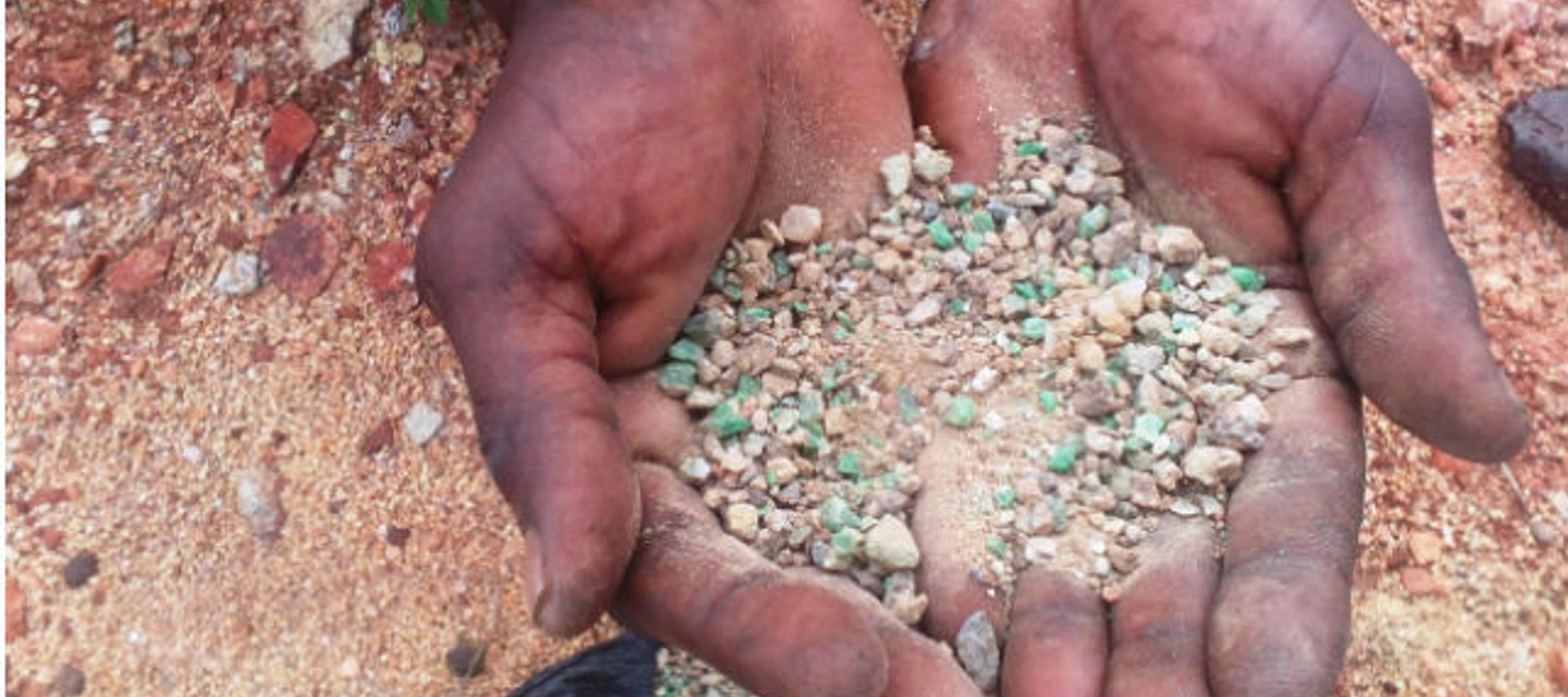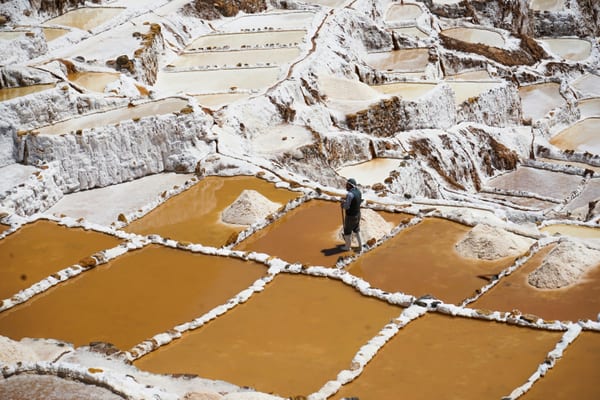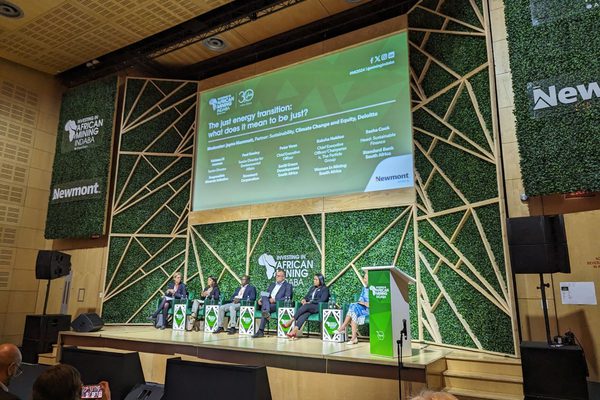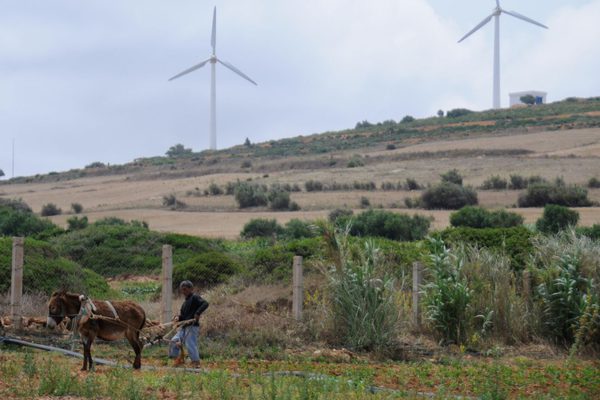State of Human Rights in the Kenyan Extractive Sector - Executive Summary
23 March 2016

In the last ten years, Kenya has experienced an increase in investments in the oil, gas and mining sectors. In particular, the discovery of oil in Turkana County in 2012 has boosted Kenya’s potential to become an oil and gas (O&G) producer. By current projections, Kenya will be an oil producer by 2020.
Explorations are underway both onshore and offshore. After the discovery of valuable mineral sands in Kwale County and large deposits of coal in Kitui County, the Kenyan mining sector is experiencing similar growth. This will augment existing industrial minerals mining and artisanal and small-scale mining (ASM) - the latter of which is common in the coastal and western Kenya belts for gemstones and gold respectively.
IHRB’s Nairobi Process, in collaboration with the Kenya National Commission on Human Rights, has conducted a study on the state of human rights in Kenya’s extractive sector and captured its findings in a detailed forthcoming “State of Human Rights in the Kenyan Extractive Sector” Report (the Report – forthcoming).
The forthcoming Report is based on both desk-based and field research in eight counties in Kenya that are host to O&G or mining activities. It provides insight into the historical, political and economic context of the country as a whole and the areas visited. Many of the human rights issues included in the Report are common to other countries with O&G and mining operations, vulnerable land-dependent rural populations and governance challenges.
This Executive Summary presents the most recurrent issues that emerged from the study specific to Kenya in 2015.






